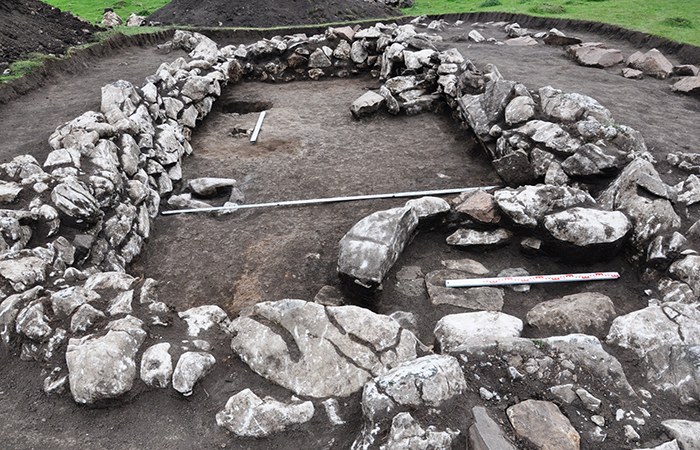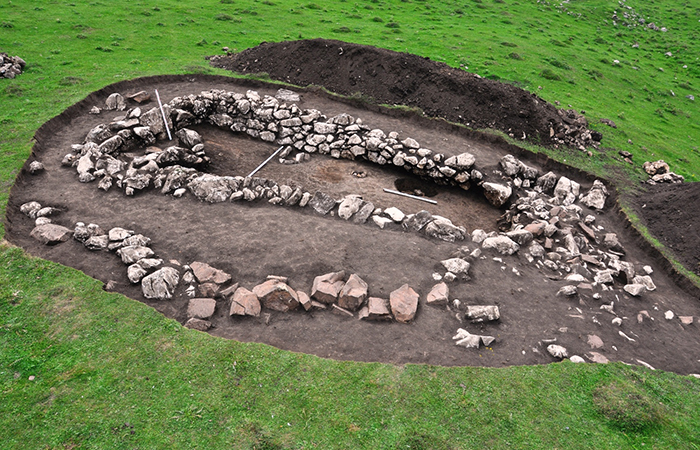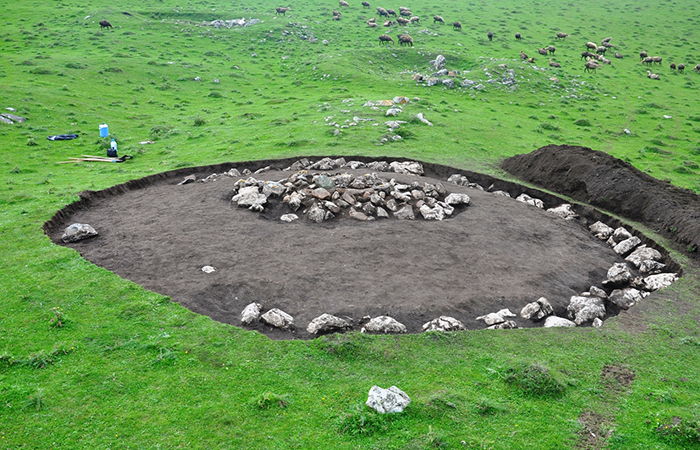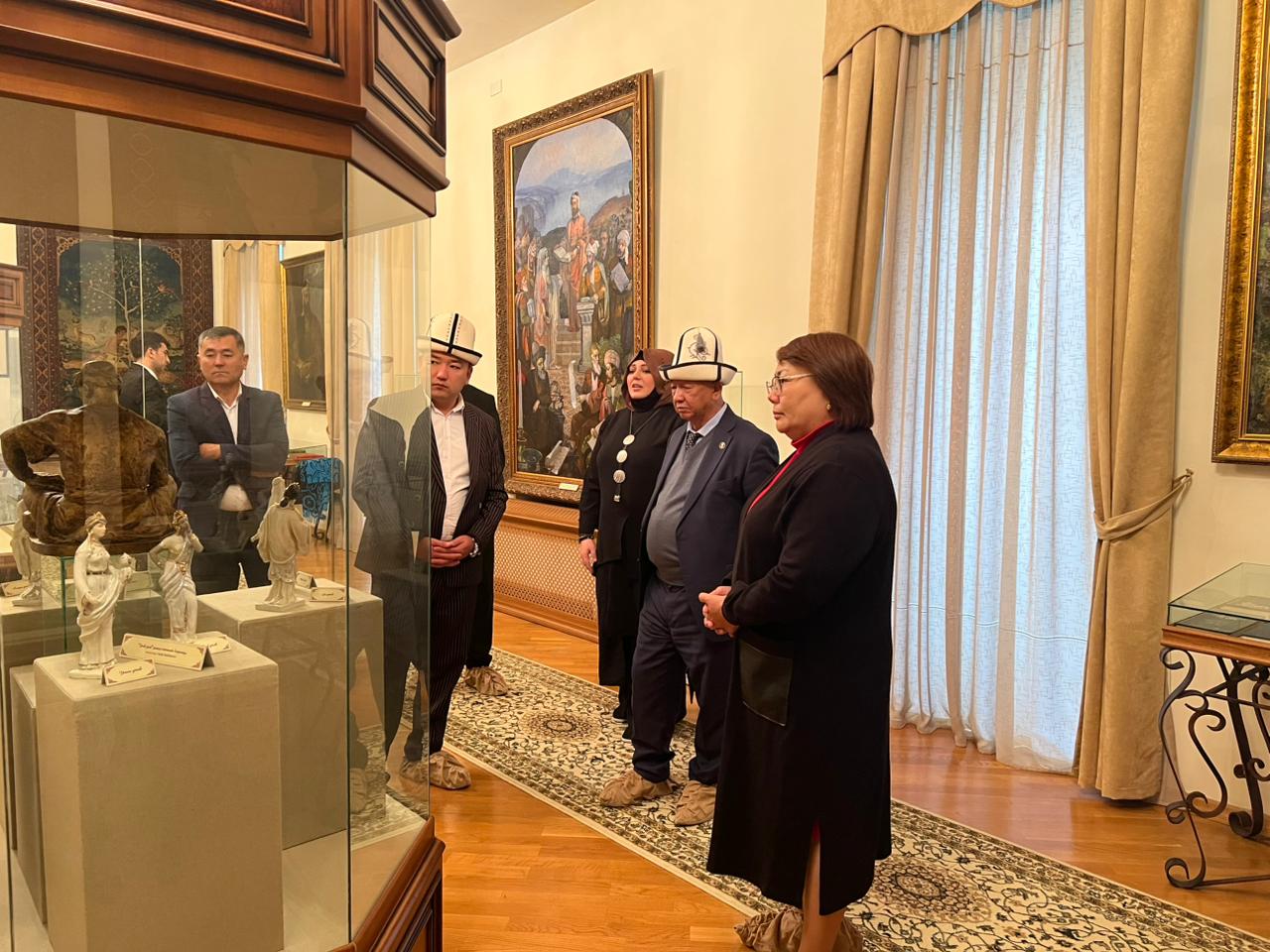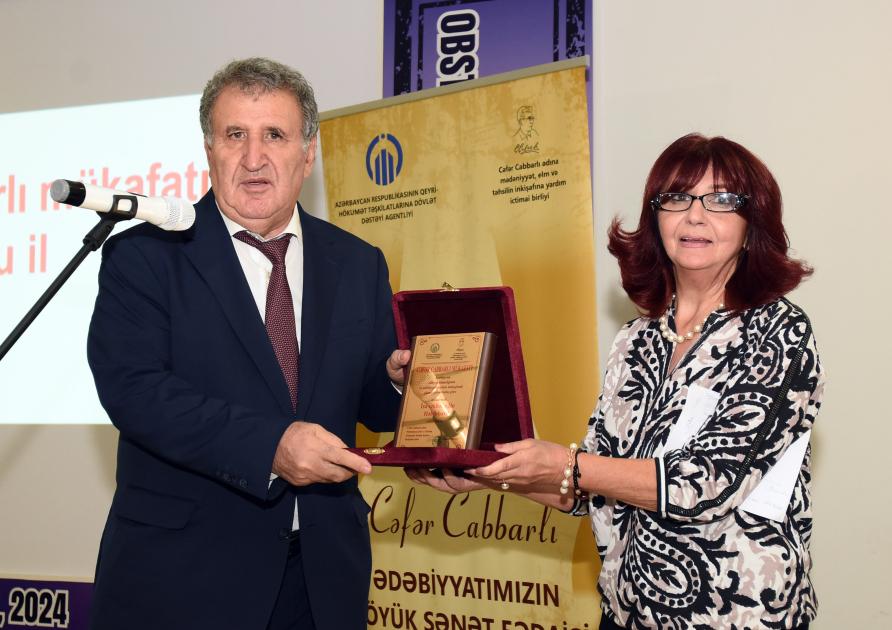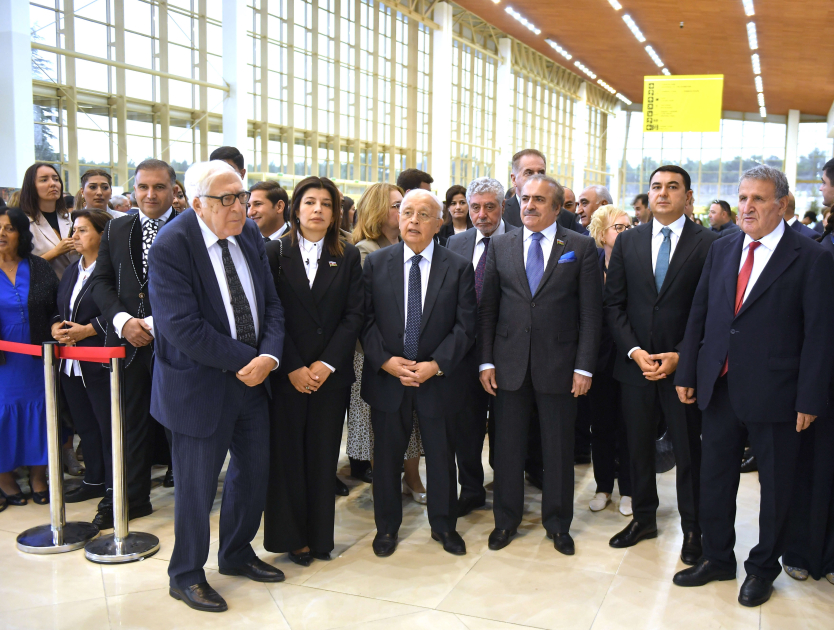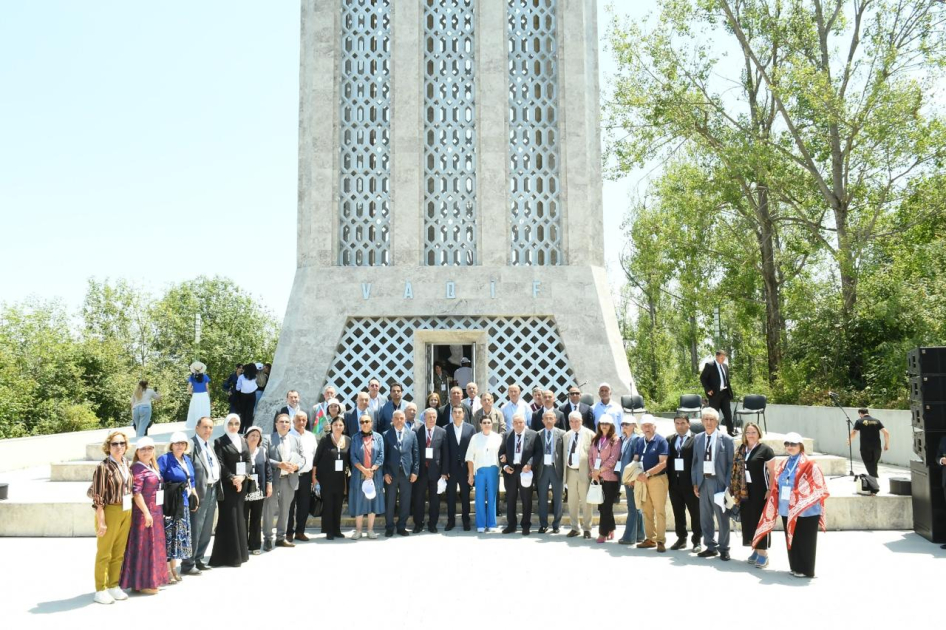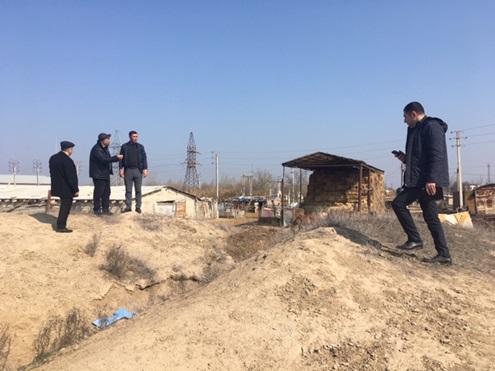- A-
- A
- A+
A 3,000-year-old religious temple has been discovered in the Dashkasan region
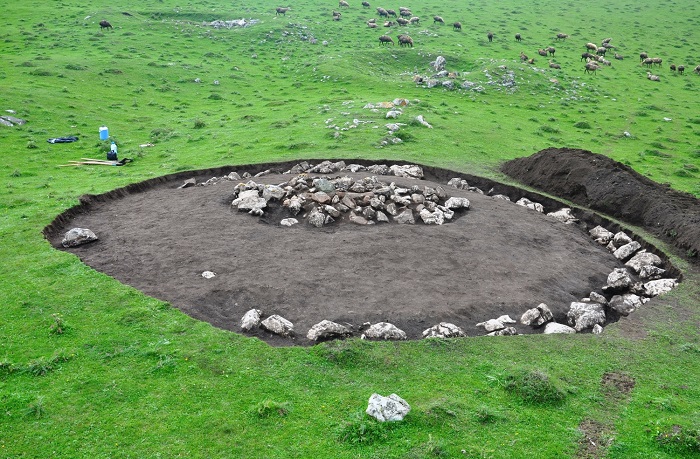
Dashkasan archeological expedition of the Institute of Archeology and Ethnography of ANAS carried out archeological excavations in the Khoshbulag plateau at an altitude of 2000 meters above sea level in the region.
The head of the expedition, Ph.D., associate professor Bakhtiyar Jalilov said that during the expedition, a mound-type archeological monument registered in the region was excavated and studied. Along the perimeter of the top of the mound there was a cromlex (cromlex - a circular stone structure of sacred character) consisting of large rocks. The burial chamber of the mound is of the stone box type. The chamber is made of large boulders in a rectangular shape and covered with boulders. Based on the remains of a human skeleton and samples of material culture found in the grave chamber, it was determined that the mound belonged to a woman. The woman was buried with his face facing east and her right side folded. The artifacts found in the mound chamber are mainly represented by ornaments made of metal and mineral stones. A comparative analysis of the material culture samples found at the monument shows that it dates back to the Late Bronze-Early Iron Age and belongs to the Khojaly-Gadabay archeological culture.
In addition, during the excavations carried out in the area between two mounds, 20 meters apart, the remains of a building of special interest were found. According to preliminary results, the square, built of rock, is believed to be a place of worship or any religious ritual.
During the archeological expedition, a stone box was excavated on the right bank of the Khoshbulag River on the outskirts of Khoshbulag village. The tomb chamber made of rocks is covered with two rocks. Six samples of pottery, a bronze belt, an iron dagger and the remains of a human skeleton were found in the stone box. The samples found in the archeological monuments were brought to the Institute of Archeology and Ethnography for laboratory study. Experts believe that the archeological excavations carried out in the area and the scientific results obtained from them are important in studying the religious worldviews, burial customs and, in general, the history of the Khojaly-Gadabay tribes.
©All rights are reserved. Citing to www.science.gov.az is necessary upon using news.

 Elm TV
Elm TV
 Photo
Photo
 Video
Video
